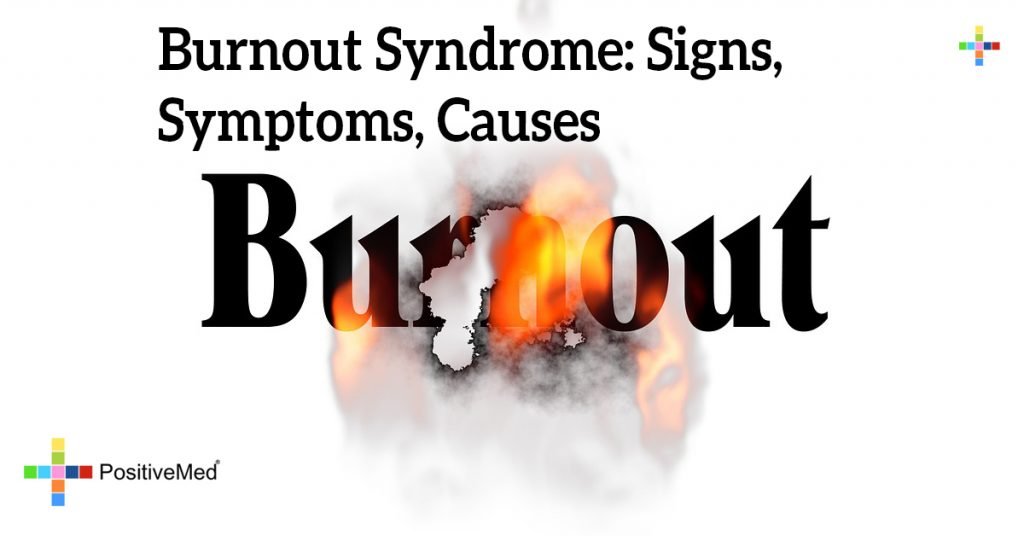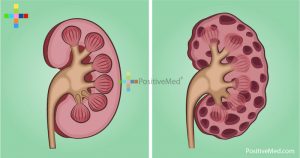
Burnout Syndrome: Signs, Symptoms, CausesBy: Andres Carvajal
Edited By: Stephanie Dawson
Contemporary society is constantly changing, evolving, and people need to adapt to the frequency of these sudden and often radical changes. Some characteristics of this contemporary era are: increased lifespan with a shortened childhood and extended young adulthood, perpetual insecurity, excess of information, changes in familial structure, lack of life goals, motivation, and values. Organizations and companies demand constant change, pressure to improve performance and to be more efficient.
This pressure and stress, depending on the position, the environment, and the individual, can override a person’s psychological or physical capacities. In the last few years researchers have found the effects of working stress called burnout syndrome which is described as chronic fatigue, emotional and physical tiredness, low motivation, a negative attitude toward job duties, and decreased performance, with high doses of stress.
This syndrome can affects mostly those who have high demands of themselves or are obsessed with perfection, they use all their efforts for personal and job development and often neglect personal needs or to take time for themselves. They are close to the profile of a workaholic, a condition where people are neglectful of their own needs for the sake of the job. Its commonly found in health care professionals, lawyers, clerks, teachers, CEOS, and other jobs with high stress levels.
Symptoms:
You may notice the symptoms are close to that of depression
• Chronic fatigue
• Mood fluctuations
• Progressively disappointed with job tasks and/or performance
• Isolation
• Apathy
• Loss of interest in many activities
• Sleep disturbances
• Irritability
• Headaches, back pain
• Digestive disorders
• Sexual dysfunction
• Unusual and chronic stress

Common phases of burnout syndrome
• Emotional exhaustion- The core element of this condition characterized by a progressive sensation of exhaustion and tiredness on the job. This exhaustion causes feelings of hopelessness, depersonalization, or loss of social contact with others
• Depersonalization- Lack of motivation, frequent tardiness or absenteeism, increase of psychosomatic symptoms like headaches, back pain, wrist or arm pain. Those who suffer from this condition may have a negative and pessimistic tone, can act defensively, often avoids responsibilities.
• Lack of personal achievement- May suffer from pressures of the job and can be unsatisfied with personal achievements.
Treatment:
Burnout syndrome is a consequence of not being able to deal with job pressure. Psychotherapy and counseling are the best options to realize what is specifically affecting the person’s performance, or if there are other issues like depression or anxiety that are affecting job performance. One goal of treatment is to establish a coherent and consistent plan of recreational and relaxing activities to create balance. Protective factors against burnout that are exercise, a healthy diet, good sleep patterns, yoga, meditation, and activities related to creative expression.
Recommendations
Try to work less by working smarter, identify tricks to improve your performance.
Establish realistic objectives. Understand your limitations and your skills, set up goals.
Avoid routine. Even if your job is very repetitive or monotonous try to make things different, small changes often have big results. Don’t take things personally. Build distance when necessary, sometimes job is job and nothing else. Try to unplug. Although its not always possible, try not to take your job home. Look for support, your friends, family, or romantic partner are the perfect companions for free times.
Sources
Ortega, C. & Francisca, L. (2004). El burnout o síndrome de estar quemado en los profesionales sanitarios: revisión y perspectivas. International Journal of Clinical and Health Psychology, 4 (1), 137-160
Lee, R. T. & Ashforth, B. E. (1993). A longitudinal study of burnout among supervisors and managers: Comparisons between the Leiter and Maslach (1988) and Golembiewski et al. (1986) models. Organizational Behavior and Human Decision Processes, 54 , 369-398
Maslach, C., Schaufeli, W. B. & Leiter, M. P. (2001). Job burnout. Annual Review of Psychology, 52 , 397-422





